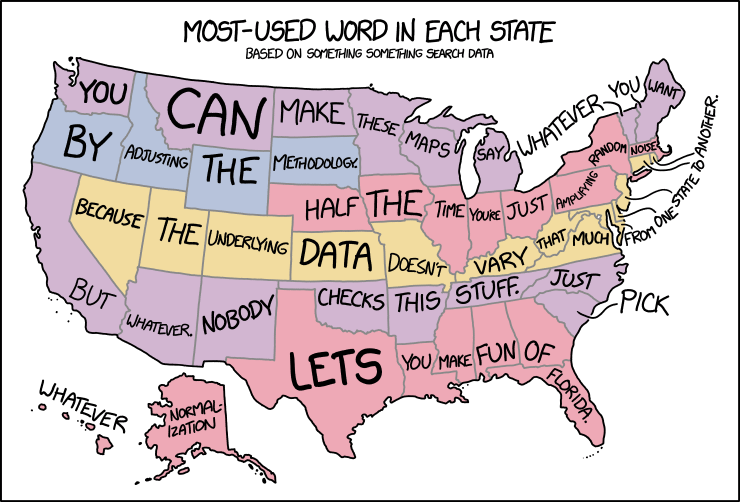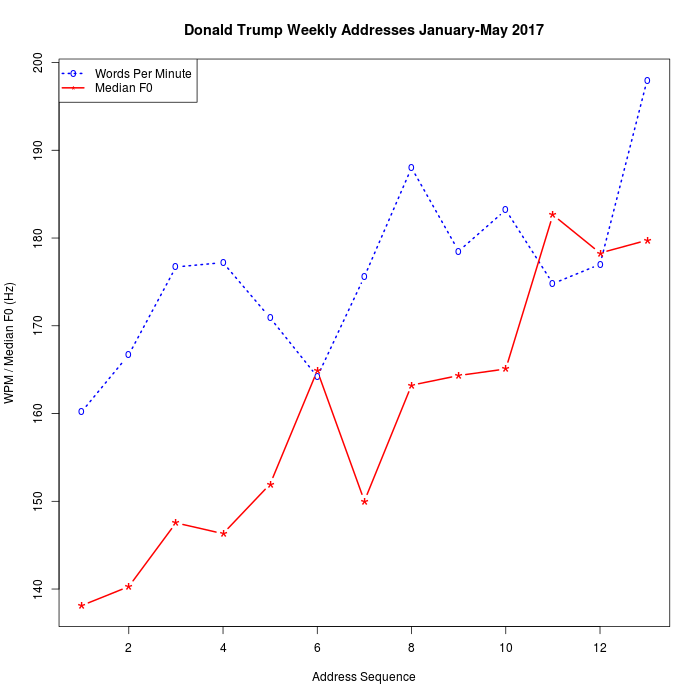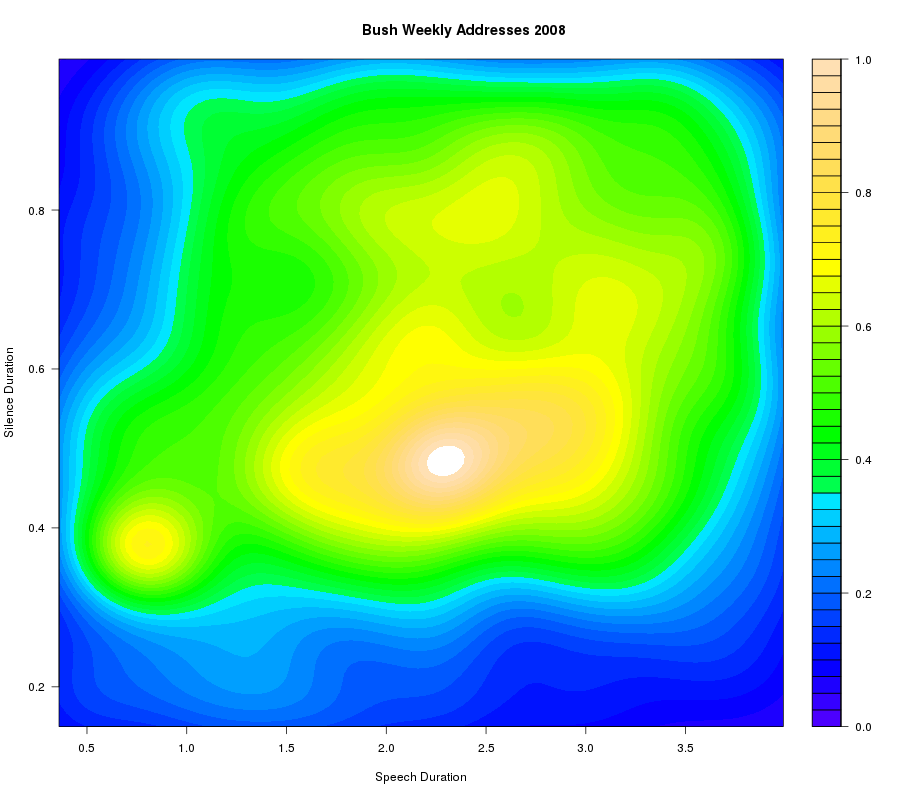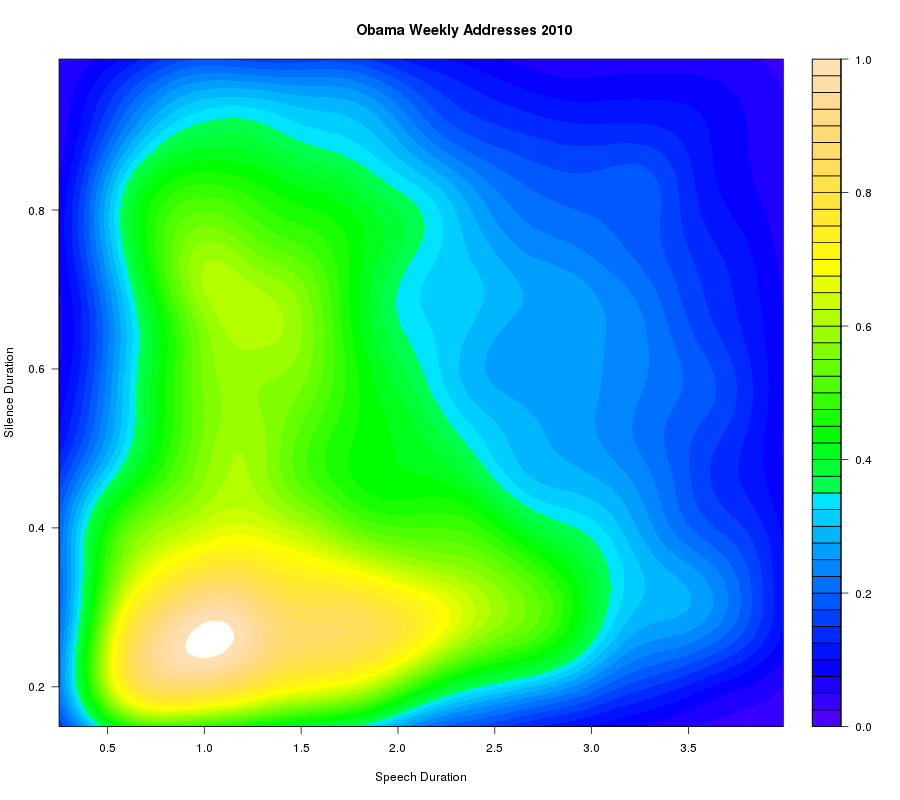Or not. Andrew Mayeda, "World Bank's Star Economist Is Sidelined in War Over Words", Bloomberg 5/25/2017:
The World Bank’s chief economist has been stripped of his management duties after researchers rebelled against his efforts to make them communicate more clearly, including curbs on the written use of “and.” […]
A study by Stanford University’s Literary Lab in 2015 found the bank’s use of language has become more “codified, self-referential, and detached from everyday language” since the bank’s board of governors held their inaugural meeting in 1946. The study coined the term “Bankspeak,” a vague “technical code” that symbolized the lender’s organizational drift.
In an email to staff obtained by Bloomberg, Romer argued the World Development Report, one of the bank’s flagship publications, “has to be narrow to penetrate deeply,” comparing his vision for the report to a knife. “To drive home the importance of focus, I’ve told the authors that I will not clear the final report if the frequency of ‘and’ exceeds 2.6 percent,” said Romer, citing the percentage of the word’s use in World Bank documents analyzed as part of the “Bankspeak” report.
Read the rest of this entry »




